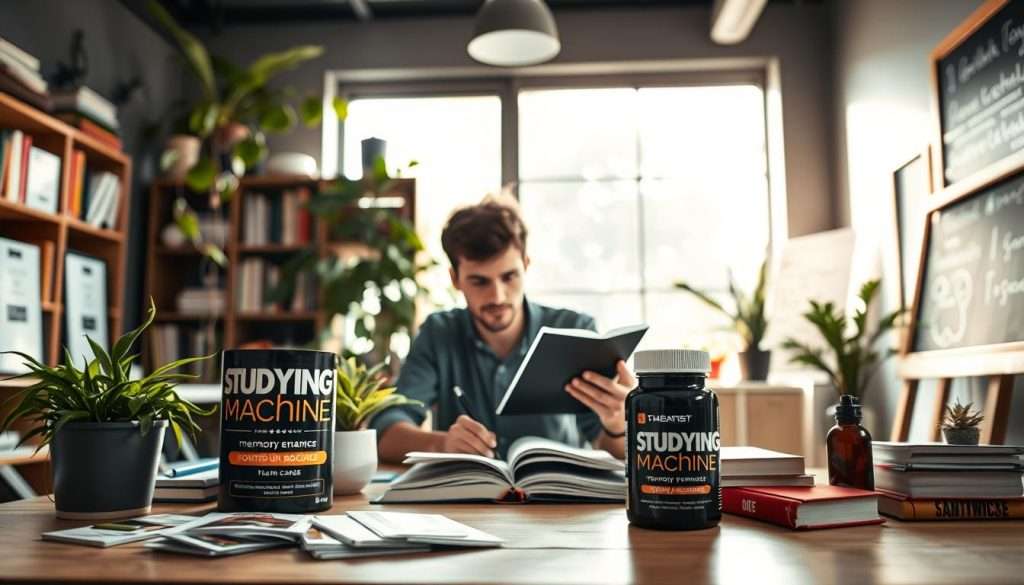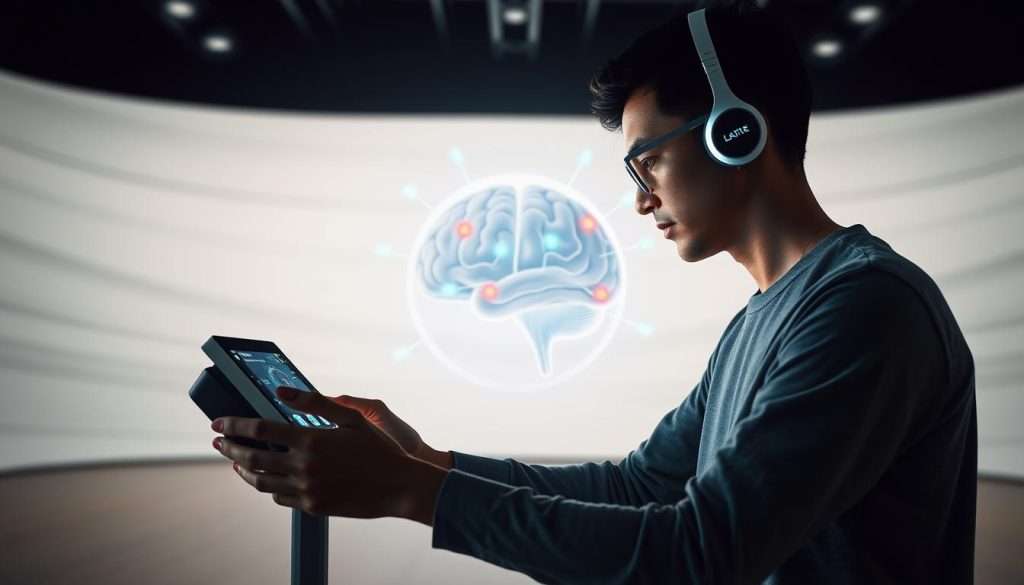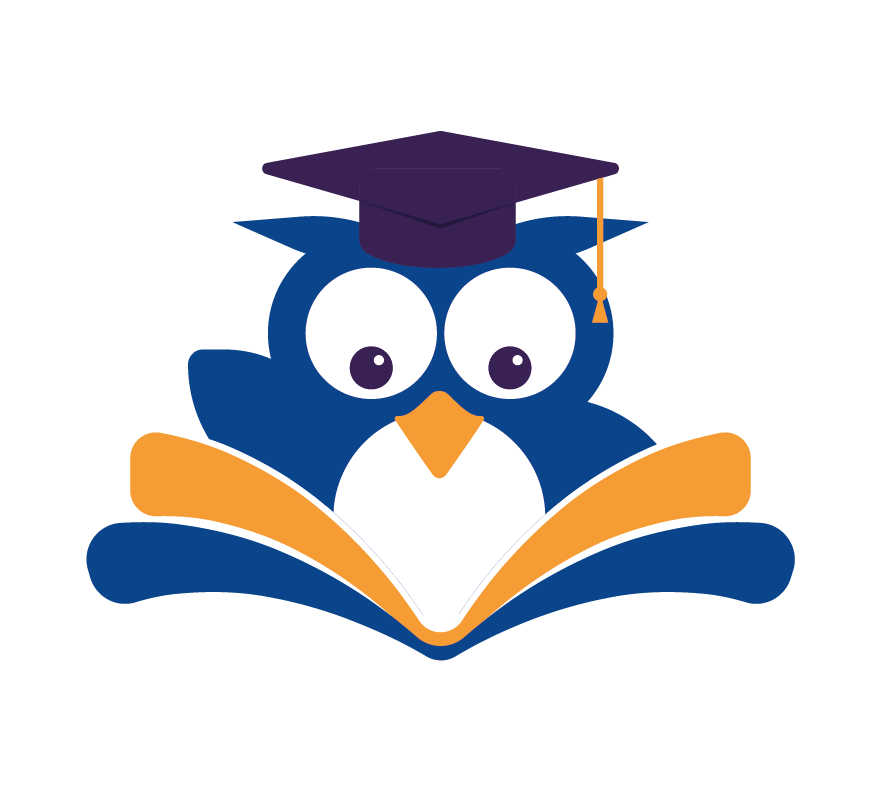Imagine waking up with a sharper mind and a fresh approach to learning. Research shows that believing in your growth is key for learning well. By using the right mindset and strategies, you can significantly improve your learning skills and reach your goals quicker.
We all have the potential to learn and grow, but sometimes we need a little push. By adding accelerated learning techniques to your daily life, you can change how you learn. This makes you a more efficient learner.
Key Takeaways
- Believing in your capacity for growth is key to effective learning.
- Adopting the right mindset can significantly improve your learning skills.
- Incorporating accelerated learning techniques can enhance your learning experience.
- Transforming your learning abilities is achievable with the right strategies.
- Effective learning is about being efficient and achieving your goals faster.
The Science Behind Rapid Learning Improvement
Unlocking rapid learning starts with understanding how our brains process new info. When we learn something new, our brain goes through a complex process. This involves multiple regions and systems.
How Your Brain Processes New Information
Our brains create connections between neurons when we learn something new. This is key to learning and memory. Accelerated learning techniques aim to improve these connections. They help enhance memory retention and boost cognitive abilities.
The Role of Working Memory vs. Long-term Memory
Working memory and long-term memory are different. Working memory is like a mental sticky note for temporary storage. Long-term memory is like a vast library for storing info for later. Techniques that move info from working memory to long-term memory are crucial for learning.
Assessing Your Current Learning Style
Figuring out how you learn best can really help you pick up new skills fast. Knowing your learning style is key to finding effective study habits that fit you.
Identifying Visual, Auditory, and Kinesthetic Preferences
Studies show people tend to have a preferred way of learning. Visual learners like pictures and charts. Auditory learners prefer sounds and music. Kinesthetic learners enjoy doing things by hand.
Quick Self-Assessment Tests
Here’s a quick test to find out your learning style:
- Do you like watching videos or reading texts when learning something new?
- Is it easier for you to remember things when someone talks about them or when you see them in writing?
- Do you get more into activities that you can do yourself, or do you prefer listening to explanations?
| Learning Style | Characteristics | Preferred Learning Methods |
|---|---|---|
| Visual | Prefers images, diagrams | Watching videos, using diagrams |
| Auditory | Benefits from sound, music | Listening to lectures, audio recordings |
| Kinesthetic | Enjoys hands-on experiences | Practicing, experimenting, role-playing |
Knowing your learning style can help you improve your learning skills and study better. This first step can make you a better learner right away.
Setting the Stage for Optimal Learning
Creating a great learning space is more than just being comfy. It’s about making your learning better. The place where you study can really affect how well you focus, learn, and remember things.
Creating the Perfect Learning Environment
To make your study area the best, think about lighting, sound, and temperature. Good lighting helps your eyes and keeps you focused. Comfortable temperatures also help you stay on track. Plus, managing background noise or using sound can make learning better.
Lighting, Sound, and Temperature Considerations
Now, let’s get into the details:
- Lighting: Natural light is best, but a good desk lamp can help if that’s not possible.
- Sound: Some like it quiet, others prefer some background noise. Try different sounds to see what works for you.
- Temperature: A cooler room can help you focus, but it shouldn’t be too cold.
| Environmental Factor | Ideal Condition | Impact on Learning |
|---|---|---|
| Lighting | Natural or soft white light | Reduces eye strain, improves mood |
| Sound | Silence or consistent background noise | Enhances focus, reduces distractions |
| Temperature | Cool, around 68-72°F (20-22°C) | Improves concentration, comfort |
By improving these areas, you can make a study space that helps you reach your goals. Remember, learning well isn’t just about what you’re studying. It’s also about where you’re studying it.
The Power of Proper Goal Setting
Setting the right goals is key to becoming a better learner overnight. Clear and achievable objectives help you stay focused and motivated. This makes your learning journey smoother.
SMART Learning Objectives
To improve learning skills, use the SMART criteria for your goals. Your objectives should be Specific, Measurable, Achievable, Relevant, and Time-bound. This approach is crucial.
Examples of Effective vs. Ineffective Learning Goals
Let’s look at some examples to show the difference:
| Effective Goals | Ineffective Goals |
|---|---|
| “I will learn Spanish by dedicating 30 minutes, 3 times a week, for the next 6 months.” | “I want to learn Spanish someday.” |
| “I will read 1 book per month on a new topic for the next year.” | “I should read more books.” |
By setting SMART goals, you can master new skills quickly. You’ll make steady progress in your learning.
Become a Better Learner Overnight: Core Techniques
To improve your learning, add accelerated learning techniques to your daily routine. This will boost your memory and help you study better.
The Pomodoro Technique for Focused Study
The Pomodoro Technique boosts focus and productivity. It involves working in 25-minute blocks, then taking a 5-minute break.
Implementing 25-5 Work-Break Cycles
To use the Pomodoro Technique, just follow these steps:
- Choose a task you want to work on.
- Set a timer for 25 minutes.
- Work on the task without interruptions until the timer goes off.
- Take a 5-minute break.
- Repeat the cycle for 4-6 “Pomodoros” per session.
Studies show breaks help retain information better and improve learning. Using the Pomodoro Technique helps you stay focused and avoid burnout. It makes reaching your learning goals easier.
By using techniques like the Pomodoro Technique, you can improve your learning quickly. The secret to fast improvement is being consistent and persistent with these methods.
Memory Enhancement Strategies
Using mnemonic devices and memory palaces can boost your cognitive abilities. They make learning more effective. It’s not just about memorizing. It’s about creating a system to recall information easily.
Mnemonic Devices and Memory Palaces
Mnemonic devices help you remember better. Techniques like acronyms or rhymes are popular. For example, “King Philip Came Over For Good Soup” helps remember the taxonomy of life.
Building Your First Memory Palace
A memory palace, or method of loci, is a great way to improve memory. Start with a place you know well, like your home. Link the information you want to remember to specific spots in your home.

- Choose a familiar location.
- Visualize the information you want to remember.
- Associate this information with specific locations.
- Practice walking through your memory palace several times.
By following these steps and practicing often, you can enhance your memory retention. You’ll become a more effective learner.
Note-Taking Methods That Accelerate Learning
The right note-taking strategy can change your learning journey. Today, we’ll explore how to make it work for you. Good note-taking is more than just writing down info. It’s about organizing and reviewing material to improve retention and recall.
The Cornell Method
The Cornell Method is a top note-taking technique. It helps you organize your notes in a structured way. This makes studying and reviewing easier later.
This method divides your paper into three parts. A narrow column on the left for keywords and questions. A wider column on the right for your notes. And a summary section at the bottom.
Setting Up and Using Cornell-Style Notes
To start with Cornell-Style notes, divide your paper into sections. Then, during a lecture or study session, write your notes in the right-hand column.
After that, review your notes and add keywords and questions in the left-hand column. Finally, summarize the main points in the summary section at the bottom.
| Note-Taking Method | Description | Benefits |
|---|---|---|
| Cornell Method | Divides paper into sections for notes, keywords, and summary | Enhances organization and review |
| Outline Method | Organizes notes in a hierarchical structure | Helps in structuring complex information |
| Charting Method | Uses charts and diagrams to visualize information | Facilitates understanding of relationships between concepts |
By using the Cornell Method or other note-taking strategies, you can improve your learning skills and master new skills quickly. Try out different methods to see what works best for you!
Leveraging Technology for Learning Acceleration
Technology can greatly improve your learning experience and help you reach your goals quicker. The digital world offers many tools to boost our learning. These tools make it easier to use accelerated learning techniques and quick learning methods.
Apps and Tools for Better Learning
Many apps and tools are available for different learning needs. Apps like Anki for flashcards and Khan Academy for interactive learning make learning fun and personalized. Technology helps us enhance learning capabilities in a way that’s both engaging and tailored to us.
- Duolingo for Language Learning
- Photomath for Mathematics
- Codecademy for Coding
- GeoGebra for Geometry and Algebra
- CircuitLab for Electronics
These apps make learning interactive and provide instant feedback. This helps you stay focused and meet your learning goals more effectively.
The Role of Physical Health in Cognitive Performance
To really boost your cognitive abilities, you must understand how your physical health affects your brain. Your brain is part of your body, and its work is tied to your overall health.
Sleep Optimization for Memory Consolidation
Sleep is key to enhancing memory retention. While you sleep, your brain sorts and strengthens memories. It moves information from short-term to long-term storage. Studies prove that enough sleep is crucial for learning and remembering things.
Pre-Sleep Routines That Enhance Learning
Creating effective study habits means setting up routines before bed. Here are some tips:
- Avoid screens for at least an hour before bedtime
- Practice relaxation techniques like meditation or deep breathing
- Keep your bedroom cool and dark
| Pre-Sleep Activity | Benefit |
|---|---|
| Reading | Relaxes the mind |
| Meditation | Reduces stress |
| Journaling | Processes the day’s events |

By improving your sleep and pre-sleep routines, you can greatly enhance your cognitive performance. This will also help you learn better.
Social Learning: Using Others to Enhance Your Skills
Teaching others is a great way to improve your learning skills. When you explain a concept to someone, you learn it better yourself. This idea is at the heart of the Feynman Technique.
The Feynman Technique: Teaching to Learn
The Feynman Technique is about teaching a concept to someone else, like you’re teaching a child. It makes complex information simpler and helps you remember it better.
Step-by-Step Implementation Guide
To use the Feynman Technique, follow these steps:
- Choose a concept you want to learn.
- Explain it to someone else in simple terms.
- Identify any gaps in your explanation and revisit the material.
- Simplify your explanation further until you can teach it to anyone.
By using the Feynman Technique, you can master new skills quickly and develop effective study habits. It’s a powerful tool for anyone wanting to get better at learning.
| Technique | Description | Benefit |
|---|---|---|
| Feynman Technique | Teaching a concept to someone else | Simplifies complex information |
| Simplification | Explaining in simple terms | Improves retention |
| Revisiting Material | Identifying gaps in explanation | Enhances understanding |
Overcoming Learning Plateaus and Obstacles
Information overload is a common problem for learners. But, it’s also a chance to use accelerated learning techniques. These help make complex material easier to understand. As you aim to become a better learner overnight, learning to handle lots of information is key.
Dealing with Information Overload
The amount of data out there can feel too much. To deal with it, you need strategies to cut through the noise. Focus on what really matters.
Prioritization Techniques for Complex Material
Using prioritization techniques is a good way to start. This means finding the most important ideas and breaking them down. This way, you can enhance your learning capabilities and move forward.
- Identify the main ideas and key concepts.
- Break down complex information into smaller, digestible parts.
- Use visual aids like diagrams and charts to help reinforce your understanding.
By using these methods, you’ll find it easier to handle complex material. You’ll keep making progress on your learning path.
Conclusion: Your Roadmap to Continuous Learning Excellence
We’ve looked at ways to boost your learning skills and pick up new things fast. By using good study habits and improving how you learn, you’re getting closer to your goals.
Keep going strong and stay positive. Use methods like the Pomodoro Technique and the Feynman Technique to better your learning. This will help you make progress and enjoy the journey.
Make your learning space your own. Stick to your goals and be open to new ways of learning. With the right tools and a positive attitude, you can keep learning and grow.

